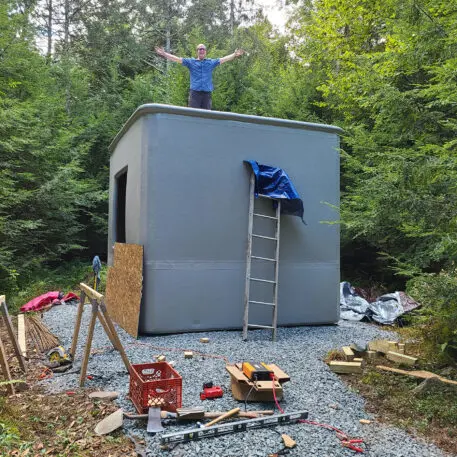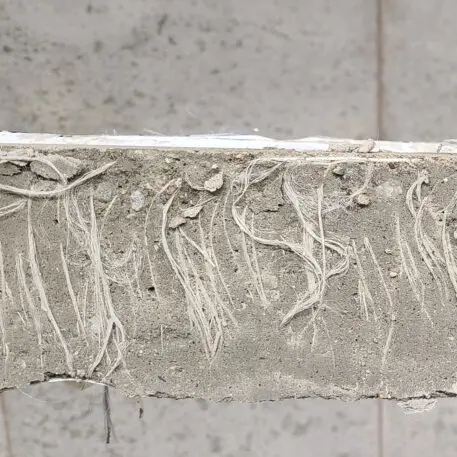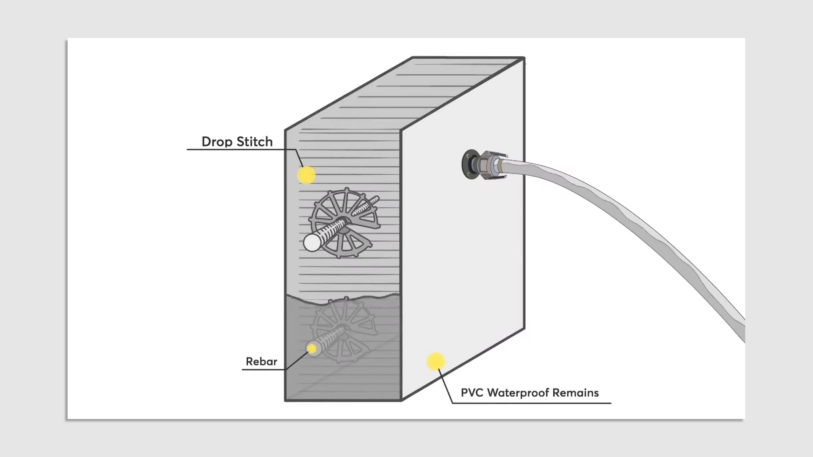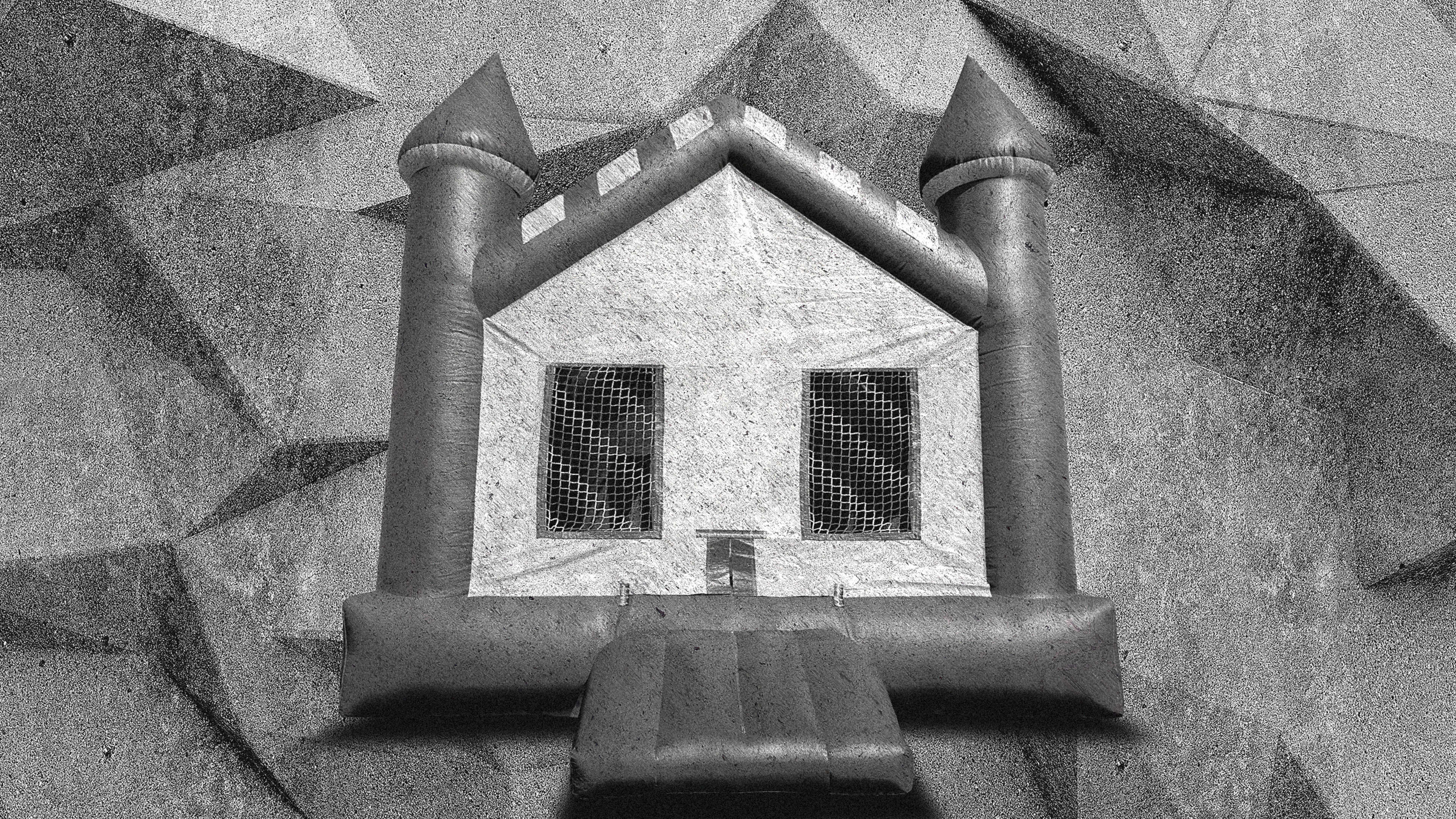Quick, what’s the first thing you think of when I say “inflatable house”? If your mind was flooded with visuals of garish bounce houses rocking with screaming kids, you’re in for a surprise.
Over the last year and a half, the New York City startup Automatic Construction has been developing a construction technique that allows its workers to blow up a house and pump concrete into its walls. The company estimates that houses built using this technique can be erected in less than an hour and cost about one-fifth the price of more traditional, cast-in-place concrete methods that are used to build commercial structures and single-family homes in the U.S.

It’s an unusual method, but for a world mired in a housing crisis, it holds a lot of promise. By 2030, the UN estimates we will need to build 96,000 affordable homes per day to house the 3 billion people who will need access to adequate housing. In a bid to speed up construction and lower costs, architects and construction companies alike have embraced 3D printed homes, modular buildings, even robots. For Automatic Construction, the answer lies in a patent-pending construction technique called Inflatable Flexible Factory Formwork. “Our solution packs small and inflates on site,” says Alex Bell, the company’s CEO.
The idea: A truck delivers a rolled-up version of the future home. The structure, made of PVC, is then rolled out and inflated using conventional construction air compressors. In fact, two structures are inflated at this stage. The first, called shoring, sits on the inside to prop up the oncoming building while it is cast and supports the weight of the roof. The second is the actual inflatable house, which, technically, is only inflated long enough for concrete to be pumped in from one end while the air is sucked out from the other.

The material then cures for about two days, after which the shoring is deflated and stored away to be reused. Notably, however, the other envelope holding the now-solid concrete is not removed, acting instead as a natural barrier that is both waterproof and airtight. (Regular insulation and siding would still be required after that, so the current aesthetic of the houses, namely a box wrapped in gray plastic, wouldn’t show in the final result.) For now, the company is using virgin PVC, but Bell says they can switch to recycled. (Rebar reinforcements in the concrete are still required, and though some of it is installed on-site, Bell says these will eventually be preinstalled in the factory.)
To date, the company has built prototypes for a 100-square-foot and a 200-square-foot structure, and they are now working on two ADUs and a 650-square-foot, single-story house in Upstate New York. The house would take about 15 minutes to inflate, and a little over an hour to be filled with concrete. It would cost about $10 to $30 per square foot. Compared to the average cost for new construction in the U.S., which ranges between $100 and $200 per square foot, that estimate is rather impressive. And though that price only gets you a basic structure with four walls and a roof (think no drywall, no cladding, no mechanicals, no finishes, etc.), it means that a significant cost component of traditional concrete construction could be up to 80% cheaper.

If you’re still getting bouncy castle vibes from all of this, I should note that this isn’t your typical inflatable. The 4-inch-thick walls are filled with tens of thousands of polyester threads known as drop-stitch fibers. Once used by Goodyear to make an inflatable plane called Inflatoplane (that project was short-lived for obvious reasons), these fibers are now used to make stand-up paddle boards, kayaks, and even inflatable Adirondack chairs.

In this case, they provide tensile reinforcement and allow the walls to maintain both their shape and pressure during the casting. So, cast aside the floppy bounce house images, and get ready for inflatable houses you could live in—screaming kids, optional.
Recognize your brand’s excellence by applying to this year’s Brands That Matter Awards before the early-rate deadline, May 3.
